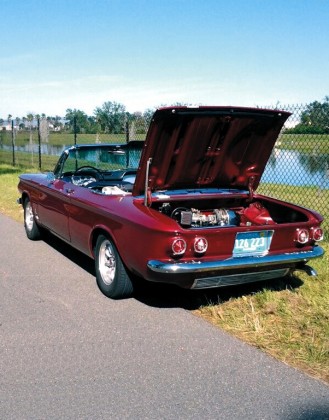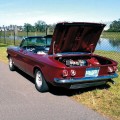Automotive Breakdown

Apologies to the old Buick ad; “this isn’t your father’s fan belt”. The venerable old V-belt has been long gone and in its place is a ribbed flat belt often called a ‘serpentine belt’. These ribbed flat belts often use both sides of the belt to drive the engine accessories as they wrap and snake around the pulleys they drive.
They are longer lasting, and use less horsepower to drive the accessories we have all gotten quite used to; power steering, air conditioning, and the ever important alternator. Water pumps are often, but not always, driven by the timing belt.
For simplicity, I will call flat belts serpentine. While they do last longer than the old V-belt, they still have a service life. Seeing cracks in the belt is a no-brainer- the cracks indicate the end of the service life, but there are other, not so obvious, hints as to the end of the belt’s service life. The belts have several smaller grooves that grip the pulleys. These grooves are not very deep, and wear quickly reduces the ability of the belt to power an accessory, and this wear may occur before the cracking is obvious.
So how can you tell your belt is worn and ready for replacement? You may hear a quick screech noise upon start-up caused by belt slippage as the engine starts. Sometimes the belt will become very shiny- shiny is not good. But the most effective way is use of a measuring tool that most repair shops have to measure the depth of the groove(s) and the ability to grip the drive pulleys.
When replacing belts, it is, generally, a good idea to replace the small pulleys that are part of the belt tensioner and the belt idler pulley. Some manufactures recommend replacing the entire tensioner unit. These small pulleys have bearings that are more inclined to wear out before the other accessory pulleys. Often they make a grumbling/rattling/screeching noise before they fail. When these pulleys fail, or the belt fails, you are often stranded because the power steering and alternator stop working. One belt does it all, and one belt stops it all when it fails. Have the belt(s) and pulleys checked on a regular basis. Most facilities check then during oil changes and other routine services.





